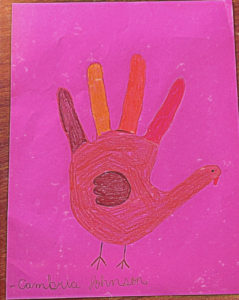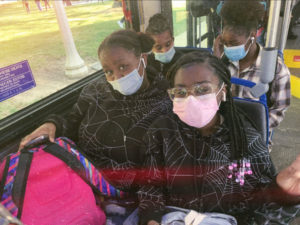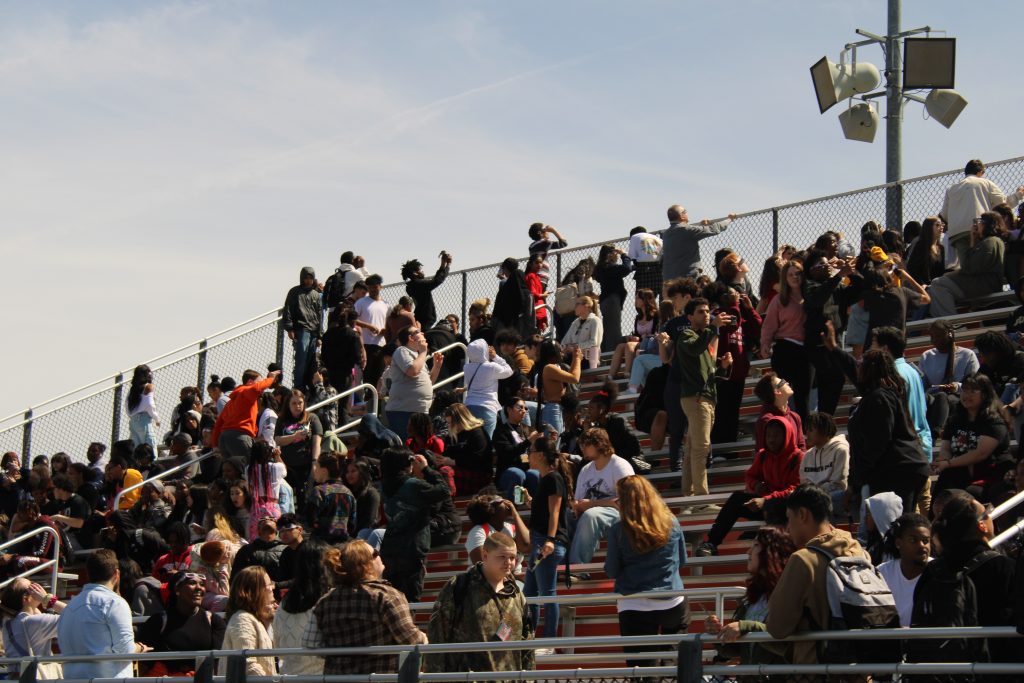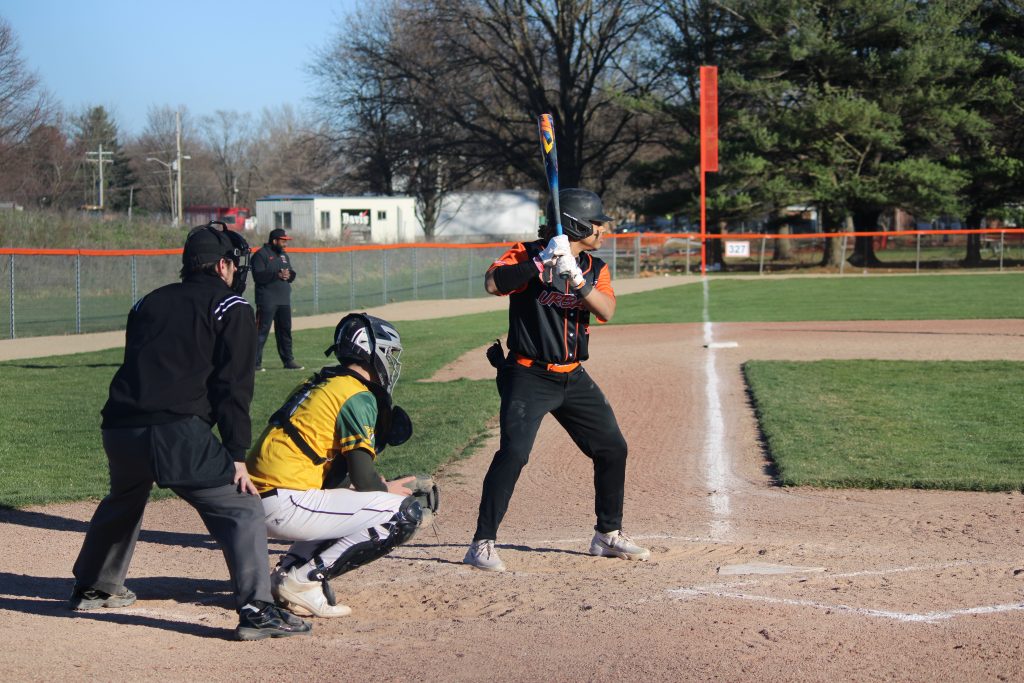Bullying in School
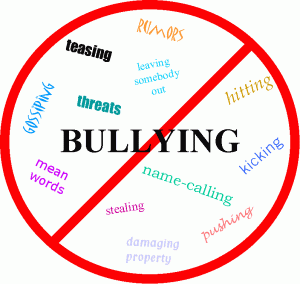
Ever since 1980, bullying in school has been an issue with a lot of students. Students get bullied for being mentally challenged, being poor, not being good enough it others eyes, or even for their sexual orientation. Children in schools get bullied for no reason, they go to school and people judge them for the littlest things.
Bully’s reasoning for doing what they do is that they are aggressive, impulsive; they believe they are the popular kids, they are comfortable with violence, and they want to make friends. Research shows that bullies have lack of support and emotional support at home, lack of supervision, poor moods, bullied by others, maltreatment.
It’s been a proven fact in 2011 research that about 30 perfect of teens are bullied, 60 perfect of people witness it, and 85 perfect of those students who have seen other children getting bullied they don’t tell. They are bystanders. Sexual harassment is one type of bullying; there are several types of bullying such as making fun of, sexual harassment, cyber bulling and relationship bullying.
There are some kids in school who get bullied for their sexual orientation. Around 63 percent of people who are gay, lesbian, transgender, or bisexual get bullied because of what they “like”. Around 34 percent of those people do not tell because they do not feel safe with telling school officials.
The bullying can consist of name-callings, exclusion ignoring, nasty comments, rumors, mocking one’s clothing, nasty behaviors, hate pictures, and physical aggression.
One example is Kyle Finn, who was a victim of bullying. Bullies called him gay, retarded, stupid and slow. In seventh grade he was hospitalized because of depression caused by bullying. His friends didn’t stick up for him, they just watched. He started showing bad body language because he was so hurt by it. He started having his body hang low, and not talking to anyone. Eventually after all this happened he became a bully himself.
Kids around the age of 12 through 18 get bullied for no reasons. As mentioned before, 85 percent of students are bystanders to bullying. Bystanders have a big role in bullying because if they would stick up for the victim, bullying wouldn’t be such a big of an issue as it is today. Bystanders are people who see the bullying, but they don’t tell anyone at school because they either think the victim deserves it, they aren’t friends with the bully or the victim, or they don’t want to be the next person that it happens to.
Parents try to tell schools what is going on, but most schools don’t want to get involved. Most teachers, staff or administration believe it isn’t a very big issue. The victims go through more than the average person would think of. The victims themselves go through depression, suicide thinking, low self-esteem, negative health impact, and negative school impact.
At school, the victims act completely different. 40 percent of them avoid the bully, 24 percent don’t speak in class, 22 percent change seating, 21 percent find it hard to pay attention, and about 16 percent will skip class or just not come to school for that day. Other symptoms that the victims go through are loss of interest in common activities, nightmares or no sleeping, and always afraid.
Bullying in schools have come to an overboard type issue that needs to stop soon. If students, parents, teachers, and other staff members were to step up and try to avoid this issue. Or even try stopping the issue completely, the world wouldn’t have to worry about getting bullied at school or more lives would be saved this way.


